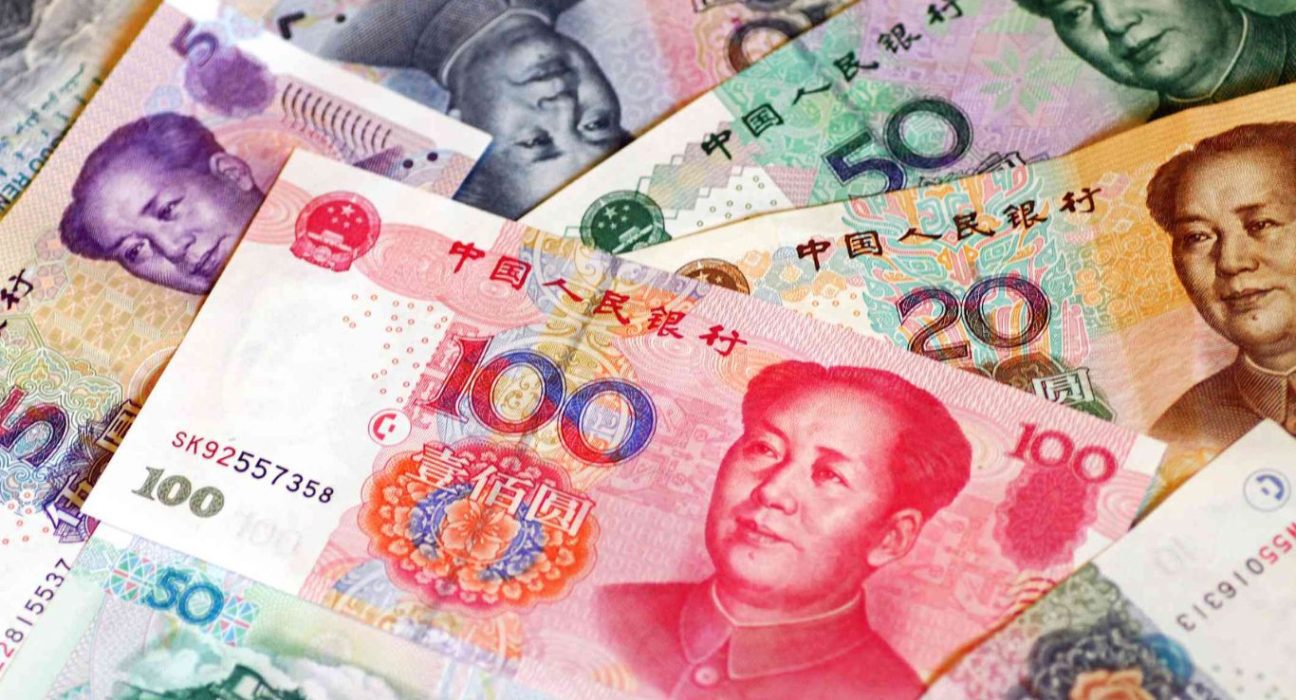Introduction
The Chinese yuan has experienced a modest recovery, rising by 0.3% after hitting a near six-month low. However, it remains below the crucial 7 level against the US dollar, with limited support from the People’s Bank of China’s daily midpoint fixes.
Yuan Struggles to Regain Ground
Despite the recent rebound, the Chinese yuan continues to face significant challenges in its efforts to regain ground against the US dollar. The currency has struggled to breach the key psychological level of 7, which has important implications for China’s economy and global trade dynamics.
People’s Bank of China’s Influence
The People’s Bank of China, as the country’s central bank, plays a crucial role in managing the value of the yuan. However, its daily midpoint fixes, which are used to guide the currency’s trading range, have provided little support to the yuan’s recovery. This lack of intervention raises questions about the central bank’s stance and its intentions regarding the yuan’s exchange rate.
Factors Impacting the Yuan’s Performance
Several factors have contributed to the Chinese yuan’s struggles and limited recovery. One of the primary factors is the ongoing trade tensions between China and the United States. The unresolved trade disputes have created uncertainty and dampened investor confidence, putting downward pressure on the yuan’s value.
Economic Slowdown and Policy Measures
China’s economic slowdown has also played a significant role in the yuan’s performance. The country’s growth has decelerated, prompting policymakers to implement measures to stabilize the economy. These measures, such as monetary easing and fiscal stimulus, have implications for the currency’s value and can impact its trajectory.
Global Economic Conditions
The global economic landscape also influences the Chinese yuan’s position. Factors such as interest rate differentials, geopolitical tensions, and market sentiment toward emerging markets can contribute to the currency’s volatility. Fluctuations in major currencies, particularly the US dollar, have a direct impact on the yuan’s exchange rate.
Investor Sentiment and Market Speculation
Investor sentiment and market speculation can greatly influence the value of the Chinese yuan. Sentiment-driven movements, particularly in the foreign exchange market, can lead to short-term fluctuations. Speculative activity, driven by market participants’ expectations and perceptions, can amplify the currency’s volatility.
Implications for China’s Economy
The performance of the Chinese yuan holds significant implications for the country’s economy. A weaker yuan can benefit Chinese exporters by making their goods more competitive in international markets. However, it also raises concerns about capital outflows, as investors seek to move their funds to more stable currencies. On the other hand, a stronger yuan supports importers but may hinder export competitiveness.
Global Trade Dynamics
Given China’s prominent role in global trade, the yuan’s performance has implications beyond its borders. A weaker yuan can potentially trigger competitive devaluations by other countries, leading to currency wars and increased trade tensions. This scenario could have far-reaching consequences for the global economy, disrupting supply chains and international commerce.
Outlook and Future Developments
The outlook for the Chinese yuan remains uncertain, influenced by a multitude of factors both within and outside China’s control. Resolving trade disputes, implementing effective economic policies, and maintaining stability in global markets will be crucial in determining the currency’s future performance. Market participants and policymakers will closely monitor developments, including the People’s Bank of China’s interventions and global economic conditions, to gauge the yuan’s trajectory.
In conclusion, while the Chinese yuan has experienced a slight rebound from its six-month low, it remains below the key 7 level against the US dollar. Limited support from the People’s Bank of China’s daily midpoint fixes adds to the challenges faced by the currency. Various factors, including trade tensions, economic slowdown, global conditions, investor sentiment, and policy measures, contribute to the yuan’s performance. The implications extend beyond China’s economy, impacting global trade dynamics. As the yuan’s future remains uncertain, monitoring developments and policy decisions will be crucial in understanding its trajectory and potential effects on the broader financial landscape.










